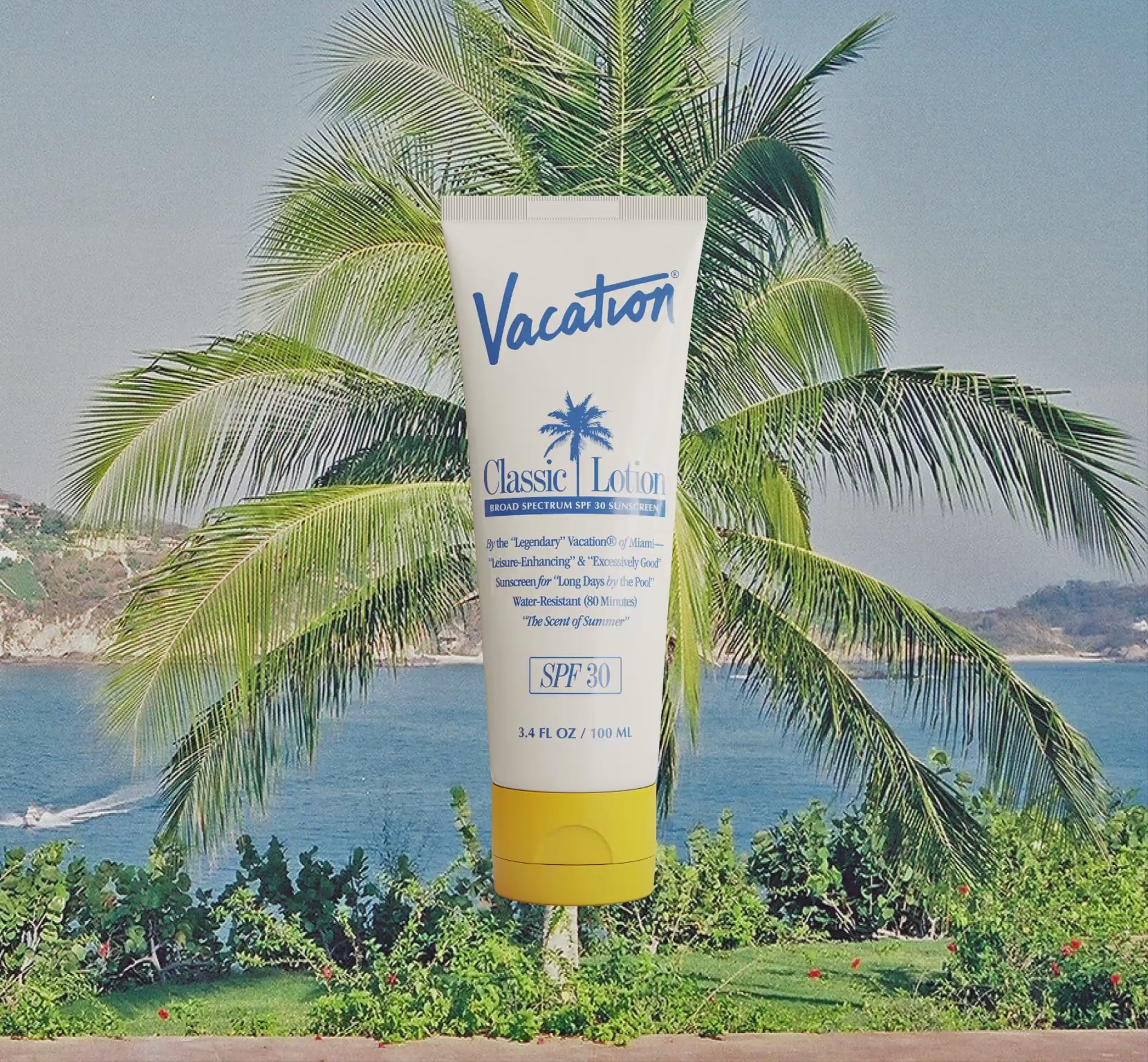Creating a sense of wonder is becoming ever-more important for brands looking to help move consumers and create deeper connections. As this shift gathers steam, brands should be looking towards fictional worlds and immersive environments for inspiration.
That idea of of suspension of disbelief that comes from creating a sense of immersion into a creative world is something that is starting to emerge at retail.
As real life becomes less attractive, with consumers having to navigate uncertainties around the pandemic, climate crisis and inflationary pressures, escapism is becoming more attractive. Research from law firm Squire Patton Boggs found that that a third of UK consumers are seeking some form of escapism from their retail and leisure experiences in 2022, compared to just 22% before the pandemic.
How people experience the world is changing, with gamers saying that the most attractive element of an immersive game is the story, and with the majority of younger generations playing games, creating a compelling brand story is becoming an increasingly attractive point of differentiation.
We see retailers already engaging with this through the whole experiential retail trend, but as video games become more immersive, retailers are starting to consider how they make their experiences even more so.
There are many retailers making their first forays into Metaverse gaming — with Nike in Roblox, Gucci Garden in Roblox, concerts in Fortnite, luxury brands hosting catwalk shows in Decentraland’s Fashion Week, Meta (Facebook) last week announcing partnerships for digital fashion, through to McDonald’s announcing it plans to launch food delivery from the Metaverse. At the moment, much of this is about gaining first-mover advantage, and setting a stake in the ground for the future.
The opportunities around this are clear and long term, but the less obvious is how these shifts are going to affect behaviours IRL and in Web2 spaces. Brands should be looking for opportunities to bring the best of Web3 thinking into Web2 and IRL worlds.
In London last year Anya Hindmarch opened a village of six separate stores, creating a full village-style shopping experience that people could explore.
In New York, Audrey Gelman (previously founder of The Wing), has also founded a retail space in New York that has been designed with an English Village in mind, with the store featuring an entire fictional backstory. The Six Bells is the country store and inn for a village called Barrow’s Green. The website features biographies for some of the residents alongside an illustrated map of the bucolic English village that the store was inspired by. The down side to this, however, is that critics have also emphasised the lack of awareness that the brand has shown around the economic disparity that exists between rural England and London, with very few people living in the kinds of villages that the business was inspired by being able to afford what it sells.
But with more of the decision making process taking place before the consumer ever enters the store (Google Research finds 83% of US shoppers who visited a store say they used online search before they went in), retailers should also be working to ensure that the online brand discovery experience is equally as exciting as immersive physical ones.
The number of retailers that do this are few and far between. Access to metrics has meant that retailers A/B test the souls out of their websites to make sliding into transacting the most frictionless experience imaginable, and leading to an SEO-optimised sea of sameness when it comes to the ecommerce experience.
Adding experiential layers to online retail is the opposite of the frictionless ideal, and yet it’s something that retailers need to do if they want to compete on something other than price, and meet future consumer expectations around what a great digital experience looks like.
Traditionally, when brands have focused on that more experiential play, they have largely used magazine-like strategies where a content proposition sits almost separately from the selling part of the digital platform. This is likely to continue, with Zalando’s acquisition of a majority stake in Highsnobiety, but brands need to be looking at a deeper integration of entertainment and commerce.
One brand doing a great job of this is sunscreen brand Vacation, with shoppers on the site immersed into the brand’s world of the 1980s all-inclusive resort lifestyle, with the brand embracing a carefree perspective, while selling what they define as the world’s “best-selling sunscreen”.
Flamingo Estate is another brand that has done a great job of this storytelling piece, with founder Richard Christiansen consistently emphasising in interviews how he was shown around the estate by its former owner, who was wearing a leopard-print G-string and a red silk bathrobe. The mythology around the estate goes that Christiansen wasn’t able to see inside before purchasing the building, finding hundreds of erotic films, with the house serving as a studio through the 1950s to the early 1980s.
While I (sadly) do not entirely believe this to be true, I do agree with comments he made in an interview with Glossy, where he said: “I used to say to everyone at the office that our job was to fight for fantasy, because the real world is so boring.”
Things to consider:
Where can you start to take ideas of immersion and apply them to Web2 and IRL touch points?
What mythology can you create around your brand story?
How can you add experiential layers to the commerce elements to boost brand affinity?
Where can you improve the product discovery process for people who will transact in-store?
